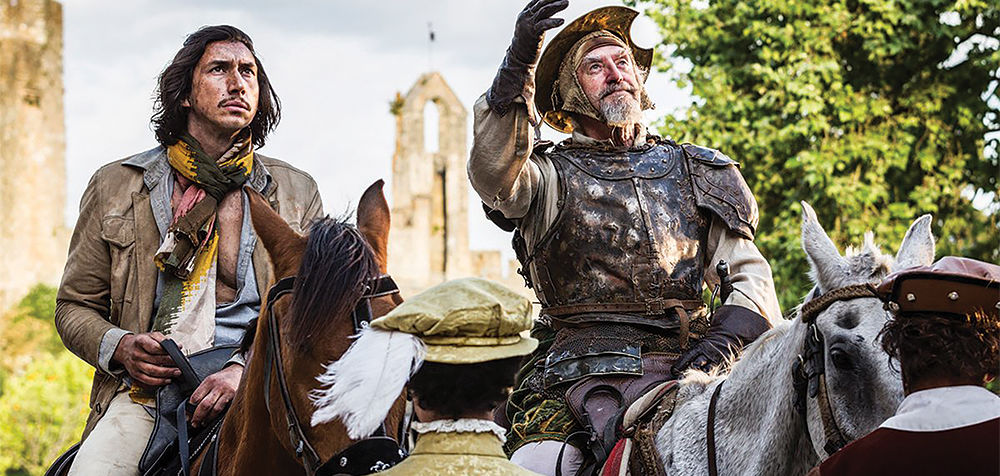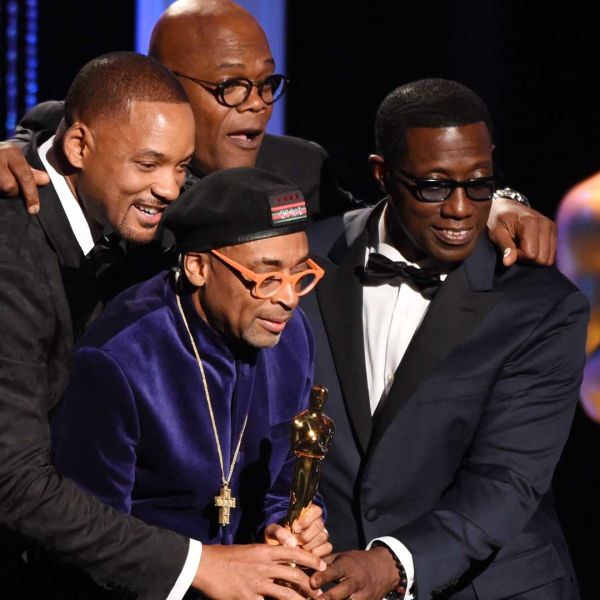It is difficult to look at The Man Who Killed Don Quixote clearly.
There is a faint warm glow in my chest when I realise that Terry Gilliam's film actually exists, is showing in theatres, and isn’t some simultaneous shared delusion. Finally, 29 years after he first began work on the project, Gilliam has finished and released his film. While not the greatest film, The Man Who Killed Don Quixote will stand out as one of the most personal and important works in the Python’s filmography.
Gilliam, esteemed comedian and director of cult hits like Brazil and 12 Monkeys, has been working on an adaption of Miguel de Cervantes’s Don Quixote for 29 years. The long and storied development history of Gilliam’s attempts to make this film are as interesting as the final product itself. The 2002 documentary, Lost in La Mancha, documented the first attempt to make the film, which at the time starred Johnny Depp and Jean Rochefort.
The original novel, often classified as one of the greatest written works in history, follows a self-proclaimed knight-errant Don Quixote and his squire Sancho Panza as they adventure around Spain. Not a straightforward adaptation of the original novel, The Man Who Killed Don Quixote follows Toby Gisoni (Adam Driver), an advertising director who is having difficulties filming a commercial featuring Quixote and his squire. Coincidentally, the film set isn’t too far away from the town where he filmed his student film, an adaptation of Don Quixote. There, Toby discovers his film has created unintentional consequences. One of his young stars (Joana Ribeiro) has disappeared and Javier (Jonathan Pryce), his Quixote, went mad and now believes himself to be the errant-knight himself. Under pressure from the boss and his wife (Stellan Skarsgard and Olga Kurylenko), Toby must uncover the past and fix the mess he made all those years ago.
Overall Gilliam does an impressive job, managing to create a compelling payout for threads which are ignored for the majority of the movie. Gilliam’s great achievement in the adaptation is how he manages to create the sense of epic adventure from a small, nondescript story. This film is not as immediately fantastical as the rest of his work, but it’s all the better for it. The film’s quieter approach to fantasy allows the film to stay grounded, but retain an air of fantasy and imagination, which is far more compelling as background noise than it would be at the fore.
While The Man Who Killed Don Quixote has a strong start and finish, the film’s middle portion suffers deeply from a lack of direction. What should seem like a straightforward showcase for Pryce’s outlandish comic performance and Driver’s downcast straight man, this portion of the film tests the audience’s patience, adding little to our understanding of Gisoni or Don Quixote. While both Driver and Pryce are naturally magnetic screen presences, even they cannot seem to find clear footing on their own. Once the film reintegrate the pair back into the larger world, the performances immediately become funny again and the film regains its charm. The performances in general are adequately filled but rather unexceptional. The central performance from Pryce is well acted but is given little opportunity to be anything other than broad, which is a little frustrating.
While flawed, Gilliam’s final product is almost 30-year-old reflection on making films. Although it's not fully known what Gilliam’s original adaptation would have been like, the film’s troubled production history is a clear influence on the final product. The Man Who Killed Don Quixote’s long history brings all of Gilliam’s themes to the forefront and emphasises their importance. Gilliam’s familiar hallmarks of imagination, the blending of fantasy and reality, and the notion of identity, become so much more palpable when you think of the almost three decades the film spent in development hell.
It is impossible to truly state if The Man Who Killed Don Quixote will ever live up to its lengthy and notorious reputation. While reasonably effective, it does tread familiar thematic ground and offers few new ideas. What is most impressive about the film is that it exists, which for any other film could be considered a slight. For Gilliam, it is only a triumph.
The Man Who Killed Don Quixote is in select cinemas from April 11.




